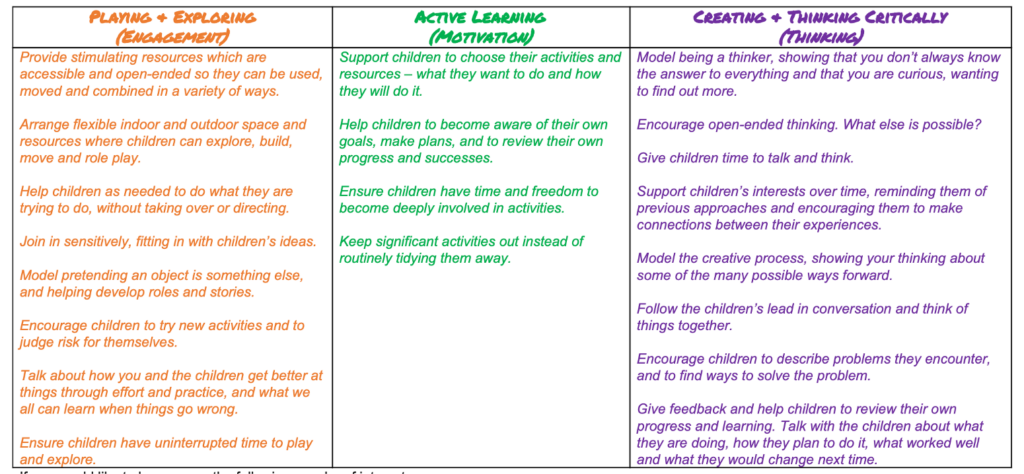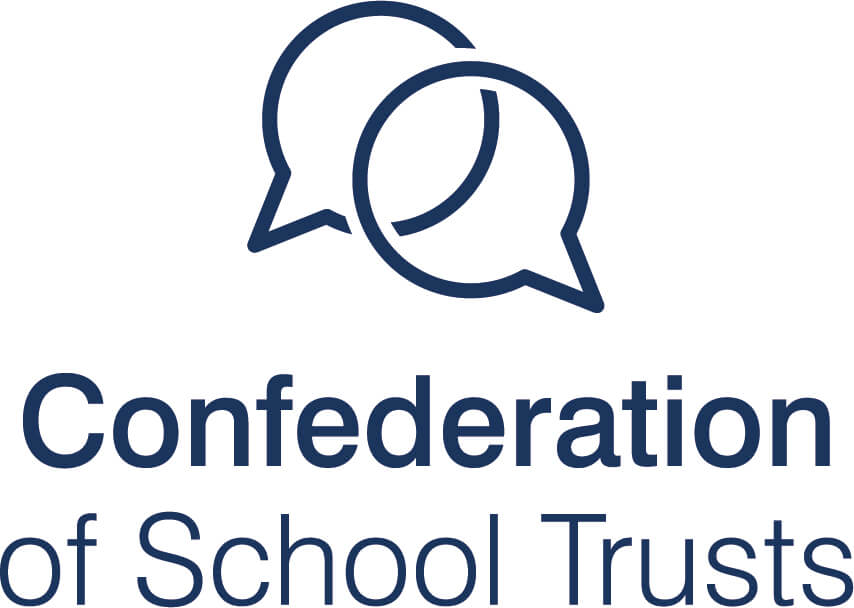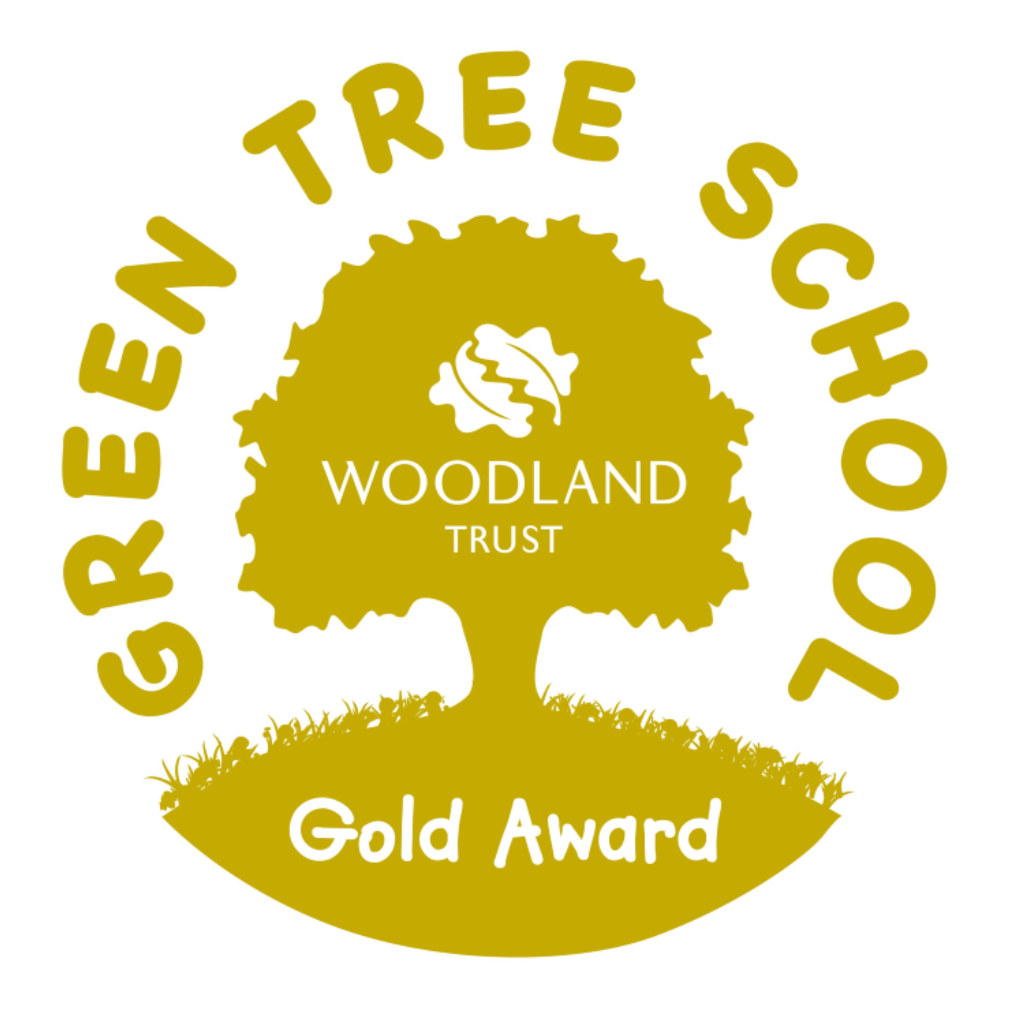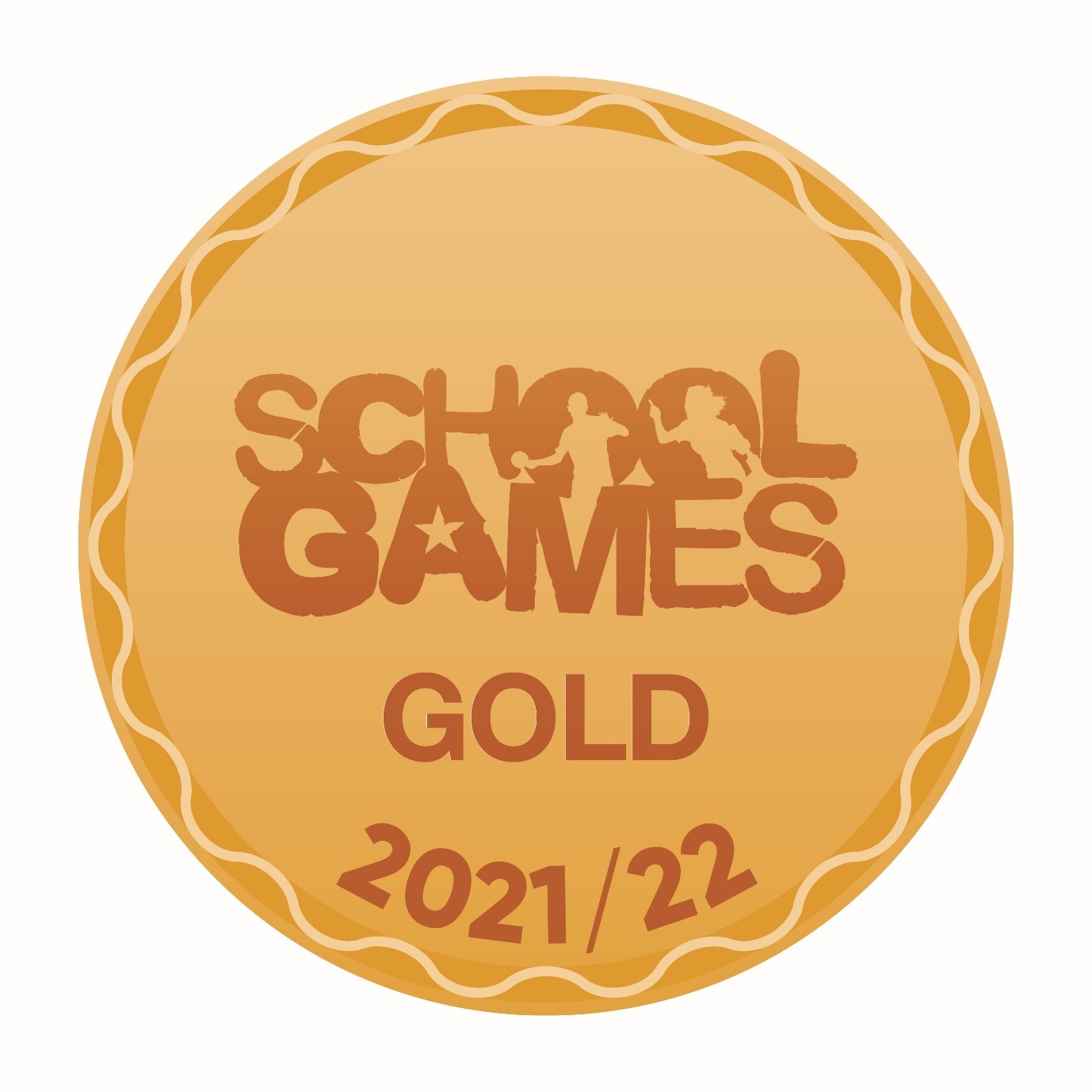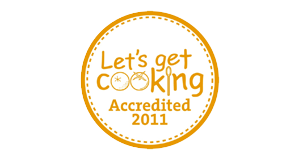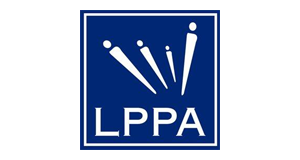Characteristics of Effective Teaching and Learning
What are the Characteristics of Effective Teaching and Learning?
Underpinning the Characteristics of Effective Teaching and Learning is the understanding that during their earliest years, children form attitudes about learning that will last a lifetime. Children who receive the right sort of support and encouragement during these years will be creative, and adventurous learners throughout their lives.
The Characteristics of Effective Teaching and Learning focus on how your child is learning to learn, rather than concentrating on what they are learning.
The Characteristics of Effective Learning are divided into three sections. They’re all interconnected and overlap with one another, and hopefully you’ll already recognise a lot of these characteristics in your child. All children demonstrate each of them at some time – provided they’re given the opportunities to do so.
At Overfields Primary we use story characters to help children identify the characteristics they are demonstrating.
Playing and exploring – Engagement
This aspect covers how engaged a child is in the world around them and how involved they are in their activities. It looks at whether a child feels confident to ‘have a go’ at new activities and try new ways of doing things. It also covers how children experience the world around them.
There are three strands under this characteristic. They are:
- Finding out and exploring
- Playing with what they know
- Being willing to ‘have a go’

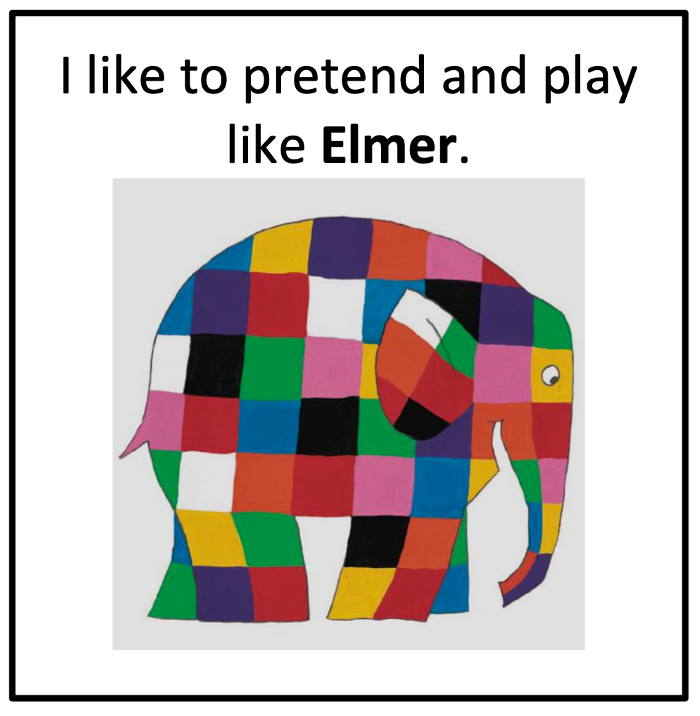

Active learning – Motivation
This covers how motivated a child is in their play and learning. By looking at how involved a child is in their activity and how long they concentrate for, we can assess how involved in the activity a child is. Within Active Learning, we can also observe children’s resilience in learning. If they try something and it doesn’t work, do they try again? It also includes observing how a child feels once they have met a goal they set for themselves. Are they proud of their achievements?
There are three strands under this characteristic. They are:
- Being involved and concentrating
- Keeping on trying
- Enjoying achieving what they set out to do
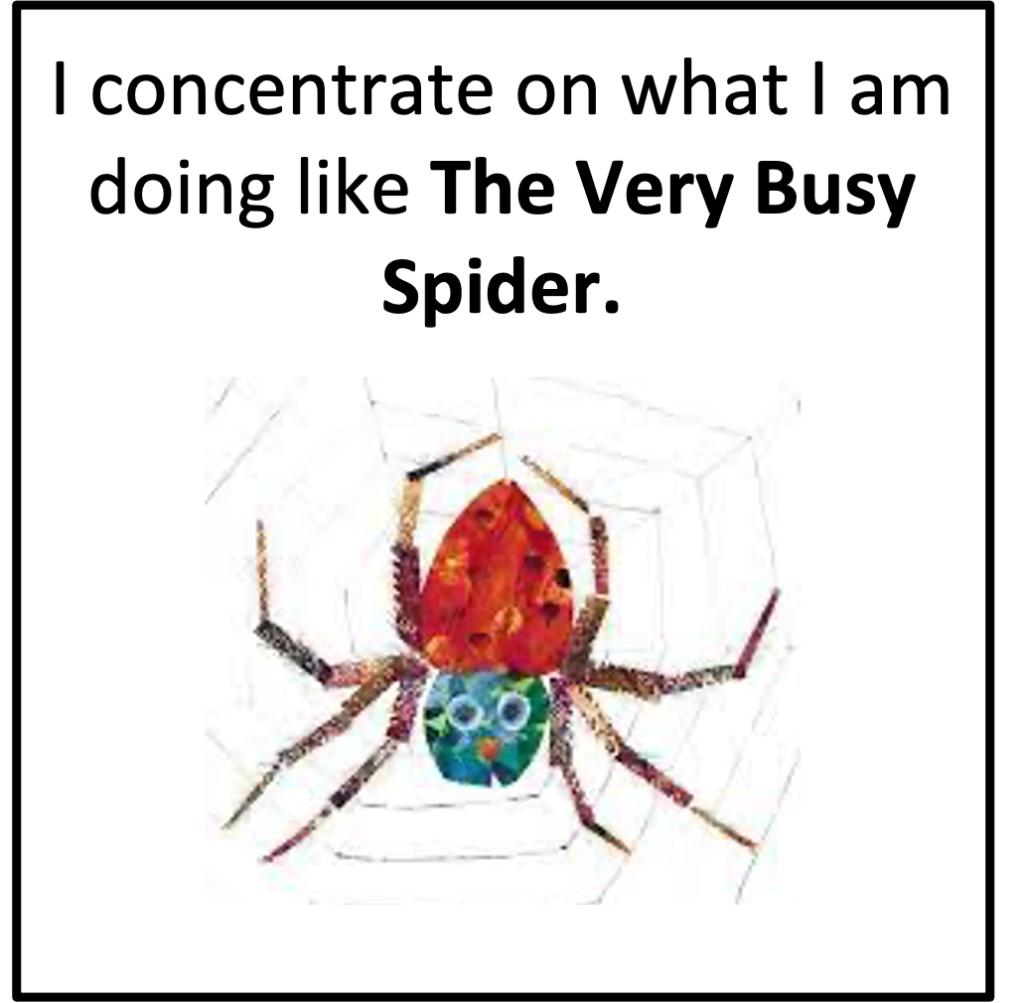


Creating and thinking critically – Thinking
This aspect looks at how a child is developing thinking skills. This includes behaviours such as, solving problems they come across, having their own ideas about how to achieve the challenges they set themselves, and testing these ideas. As children become more verbal, it includes making predictions about what will happen next and also considering how well their approach to solving their problem has worked. If they could do it again, would they do anything differently?
Once again there are three strands under this characteristic. They are:
- Having their own ideas
- Making links
- Choosing ways to do thing

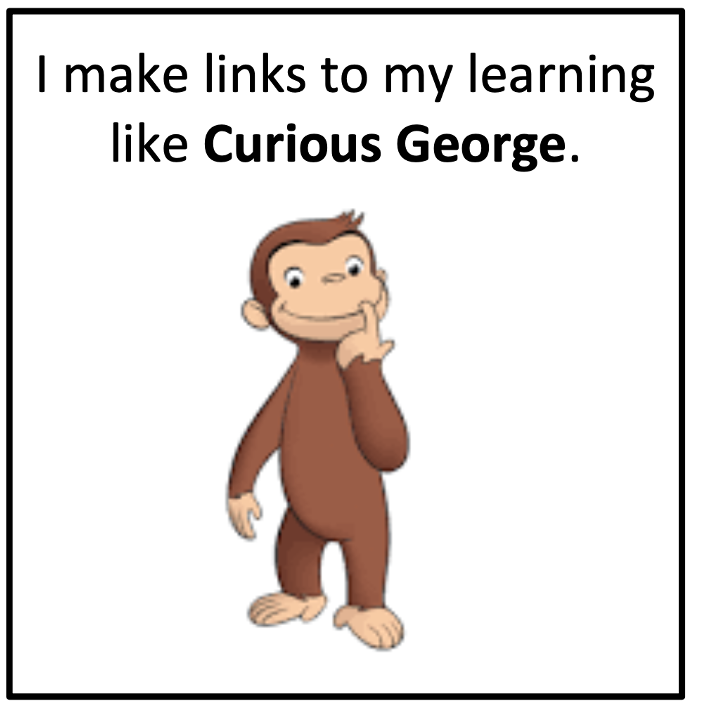
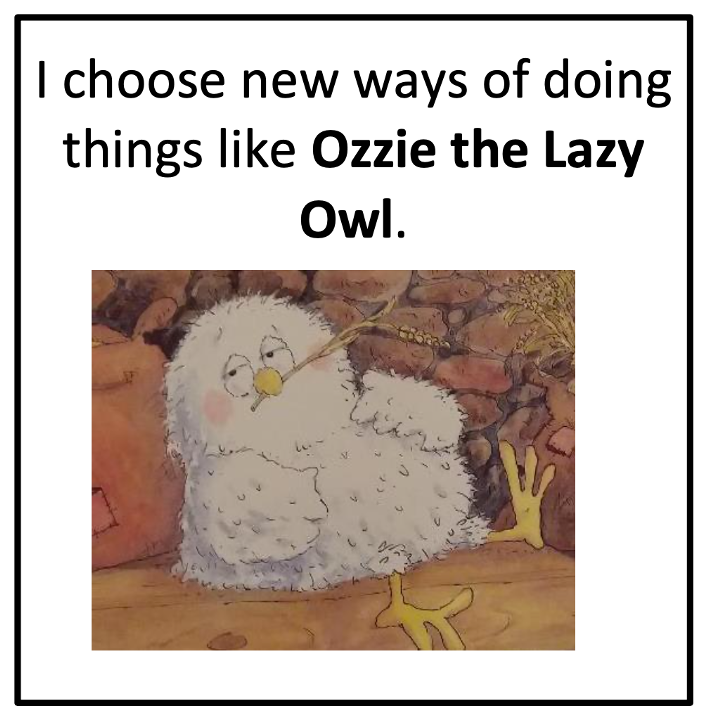
You may be wondering ‘How can I make sure my child is engaged in playing & exploring?,’ ‘How can I help my child be creative and thinking critically?’ and ‘How can I encourage active learning?’ Here are some suggestions:
